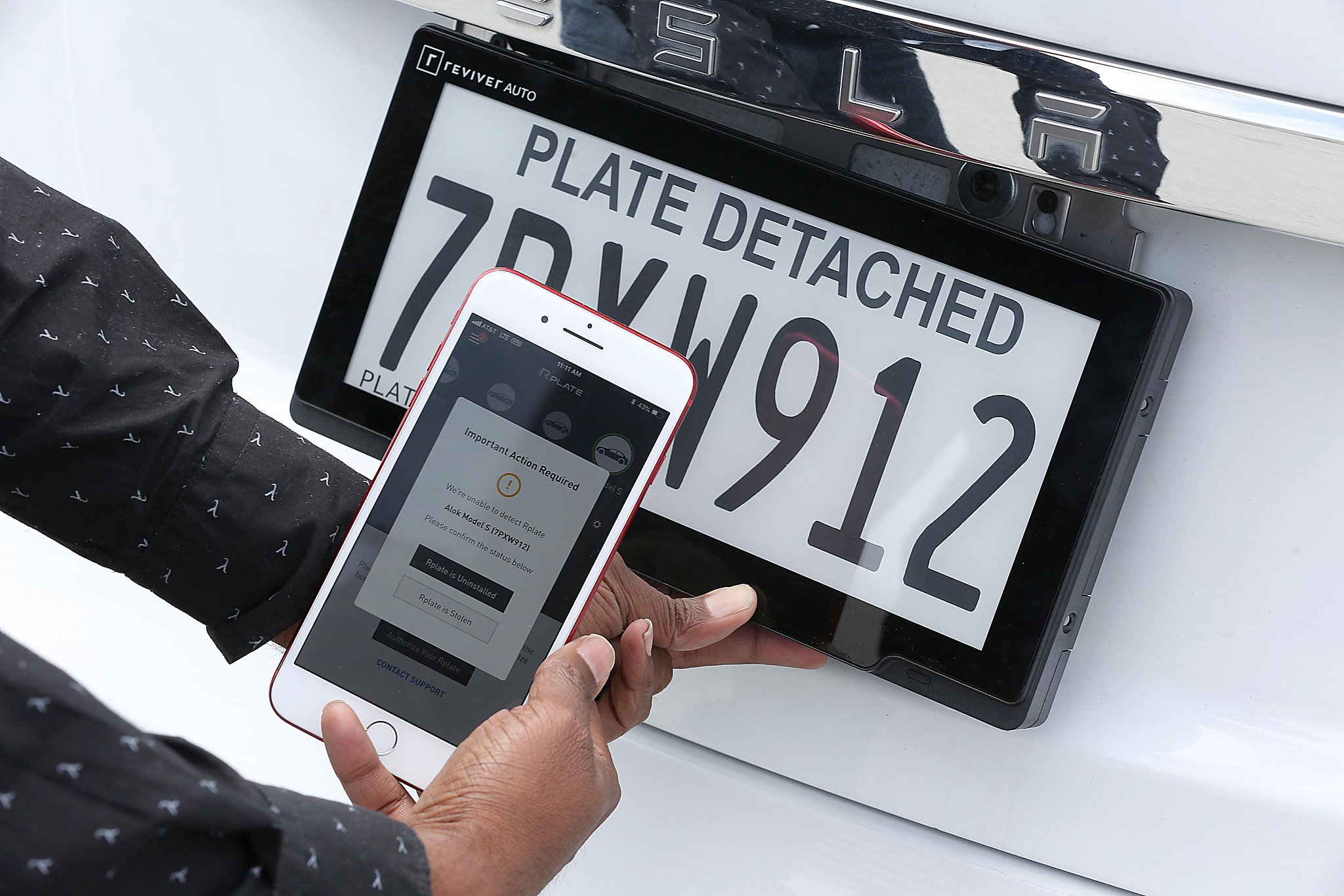
The license plate, once a static metal tag, is poised for transformation through digital innovation. Advances in e‑ink displays, radio-frequency identification (RFID), and connected vehicle technologies promise to enhance road safety, streamline tolling, and improve law enforcement efficiency. This article explores emerging license plate technologies, pilot programs across the US, and the implications for privacy, infrastructure, and policy.
Table of Contents
The Rise of Digital License Plates
In 2019, California became the first state to authorize digital license plates (DLPs), followed by Arizona, Texas, and Michigan. DLPs use e‑ink screens that display registration details, expiration dates, and custom messages. They can wirelessly update registration status and alert owners to violations or recalls.
RFID and Automated Identification Systems
RFID-enabled plates embed microchips that broadcast unique identifiers to roadside readers. This technology facilitates automated toll collection, parking management, and stolen vehicle recovery without manual scans. Florida’s Toll-by-Plate system and pilot programs in New York demonstrate RFID’s scalability.
License Plates Integration with Connected Vehicle Ecosystems
Smart license plates can interface with vehicle telematics, traffic management centers, and law enforcement databases. Read more on license plates here. In emergency scenarios, plates could flash alerts (e.g., amber alerts) or provide location data to first responders. Real-time data exchange may optimize traffic flow and reduce congestion.
Privacy and Security Considerations
With increased connectivity comes heightened privacy risks. Continuous tracking capabilities raise concerns about surveillance and data misuse. Robust encryption, data minimization policies, and strict access controls will be critical to safeguard personal information.
Infrastructure Upgrades and Deployment Challenges
Widespread adoption of smart plates requires investment in reader networks, software platforms, and regulatory frameworks. States must standardize protocols for interoperability and establish maintenance schedules for digital hardware.
Cost-Benefit Analysis
While upfront costs for digital plates are higher—ranging from $150 to $300 per plate—long-term savings include reduced law enforcement workload, lower replacement costs, and improved revenue collection through automated tolling.
Pilot Programs and Case Studies
Arizona’s digital plate pilot reported a 30% reduction in unpaid tolls and a 20% drop in stolen vehicle recovery time. California’s trials highlight user satisfaction with real-time updates and convenience features.
Policy and Regulatory Outlook
Legislators are drafting bills to define standards for digital plate use, data retention limits, and penalties for tampering. Federal guidelines may emerge to ensure consistency across states and protect consumer rights.
Future Innovations: Blockchain, AI, and Beyond
Blockchain could secure plate data against tampering, while AI-driven analytics may predict stolen vehicle patterns or optimize traffic enforcement. Modular plate designs could allow interchangeable graphics for temporary permits.
Conclusion
License plate technology is undergoing a paradigm shift, evolving from static identifiers to dynamic, connected devices. Balancing innovation with privacy and infrastructure readiness will determine the success of smart plate initiatives. As states pilot these technologies, motorists and policymakers alike must stay informed about the benefits and challenges ahead.







